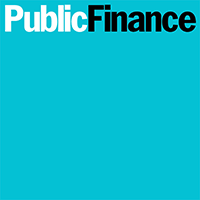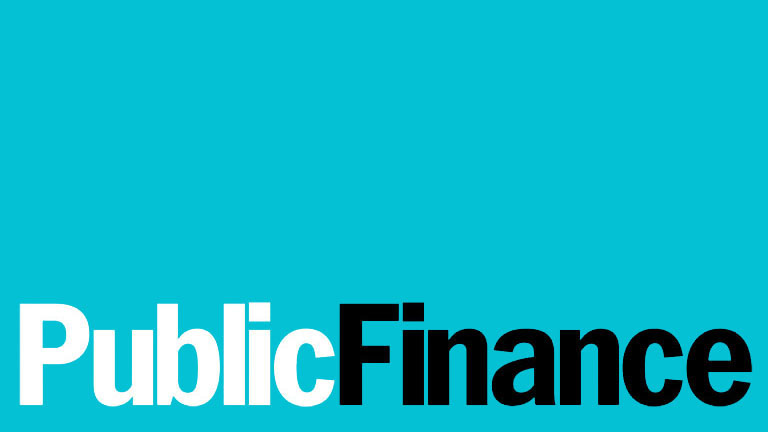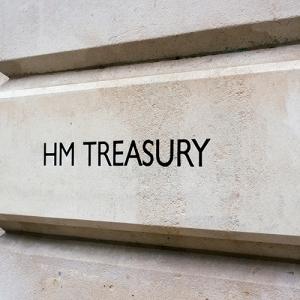By Richard Johnstone | 18 June 2014
The government has made significant improvements to how it assesses the impact of public spending cuts on different groups, the Equality and Human Rights Commission has said today.
In a report examining the progress the government has made in examining the impact of funding decision following criticism of how equality duties were met during the 2010 Spending Review, EHRC chief executive Mark Hammond said ministers had taken steps to ensure robust assessments are undertaken. The previous review warned, for example, that the government’s decision to cap benefits might have breached public sector equality duties.
Changes subsequently introduced include a more systematic approach to collecting data from government departments about potential impacts of decisions on public expenditure, broken down by protected characteristics as set out in the Equality Act.
However, the EHRC today set out further recommendations, including the creation of a single point within government with formal responsibility for monitoring and assessing the cumulative impact of spending decisions on different groups.
A methodology should be developed for modelling the cumulative impact on different groups that can be used in future spending reviews and financial policy decisions, with an independent body also tasked with scrutinising the impact. Earlier use of the Public Sector Equality Duty in spending decision could also help ensure better targeting of funds and greater value for money, the EHRC stated.
Hammond said the progress made since the last report was welcome.
‘However, more can be achieved and the commission will continue to work with government and other experts to make sure financial policy making is fair and transparent,’ he added.
‘The recommendations we set out in this report will go a long way to making sure that all parts of government think about the potential for financial policy decisions to improve equality of opportunity.
‘The benefits are obvious: better-targeted spending which makes most effective use of public money delivered through a process which is as open and fair as possible.’





















